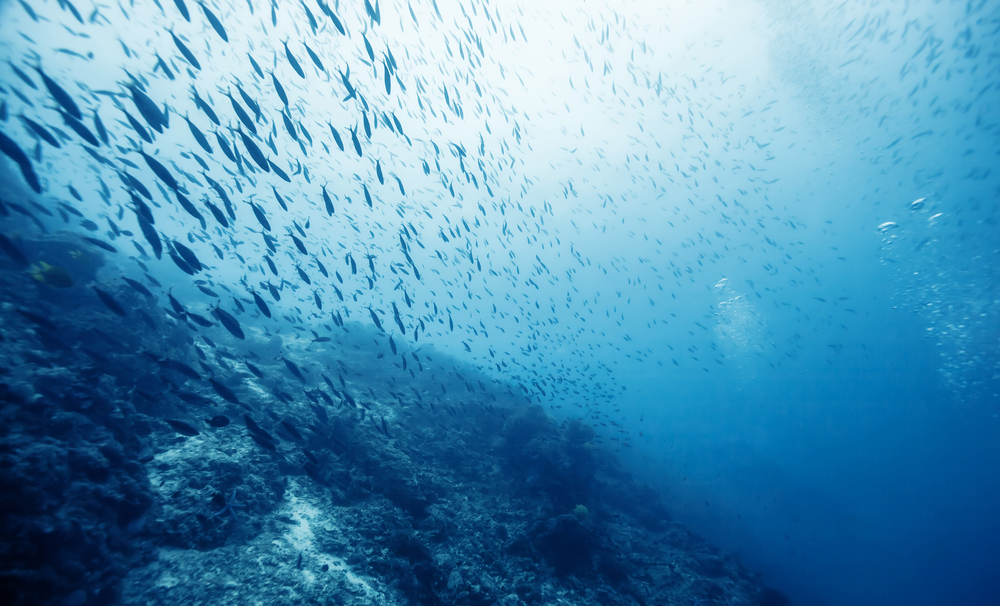
New research demonstrates that there are microplastics in the stomachs of nearly 75 percent of mesopelagic fish caught in the Northwest Atlantic, a finding that highlights the potential of microplastics to be spread throughout the ocean.
Microplastics—small plastic fragments that have accumulated in the marine environment following decades of pollution—could indirectly contaminate human food supply because the mesopelagic fish serve as prey for other fish that are commonly eaten by humans, including tuna and swordfish.
“Microplastic pollution has been in the news recently, with several governments planning a ban on microbeads used in cosmetics and detergents,” Alina Wieczorek from the National University of Ireland, Galway and lead author of the study, said in a statement. “The high ingestion rate of microplastics by mesopelagic fish that we observed has important consequences for the health of marine ecosystems and biogeochemical cycling in general.”
The researchers set out to catch mesopelagic fish in a remote area of the Northwest Atlantic Ocean off the coast of Newfoundland.
“These fish inhabit a remote area, so theoretically they should be pretty isolated from human influences, such as microplastics,” Wieczorek said. “However, as they regularly migrate to the surface, we thought that they may ingest microplastics there.”
The researchers caught mesopelagic fish at varying depths, and then examined their stomachs for microplastics back in the lab, using specialized air filters so they did not introduce airborne plastic fibers from the lab.
The researchers found a wide array of microplastics in 73 percent of the fish they recorded.
“We recorded one of the highest frequencies of microplastics among fish species globally,” Wieczorek said. “In particular, we found high levels of plastic fibers such as those used in textiles.”
Microplastics can cause significant issues for marine organisms that ingest them including inflammation, reduced feeding and weight-loss. Microplastic contamination may also spread from organism to organism when prey is eaten by predators. The fragments also bind to chemical pollutants, meaning that associated toxins could accumulate in predator species.
Mesopelagic fish typically live at depths of 200-to-1,000 meters, but swim to the surface at night to feed, before returning to deeper waters.
Through these vertical movements, mesopelagic fish play a key role in the cycling of carbon and nutrients from the surface to the deep sea—a process known as biogeochemical cycling—enabling them to spread the microplastic pollution throughout the marine ecosystem, by carrying microplastics from the surface down to deeper waters, affecting deep-sea organisms.
The researchers now plan to examine exactly how the fish are ingesting and spreading the microplastics.
“It will be particularly interesting to see whether the fish ingest these microplastics directly as mistaken prey items, or whether they ingest them through eating prey species, which have previously ingested the microplastics,” Wieczorek said.




